Innovative Trends in Flexible Packaging Printing for Sustainable Business Solutions
The landscape of Flexible Packaging Printing is undergoing a transformative shift, driven by the demand for sustainable business solutions. According to a report by Smithers Pira, the global flexible packaging market is projected to reach $450 billion by 2025, with an increasing emphasis on eco-friendly materials and processes. In this context, innovative printing technologies are emerging as key facilitators for companies seeking to minimize their environmental footprint while maximizing brand visibility. Techniques such as digital printing and the incorporation of biodegradable inks are not only enhancing production efficiency but are also reducing waste significantly.
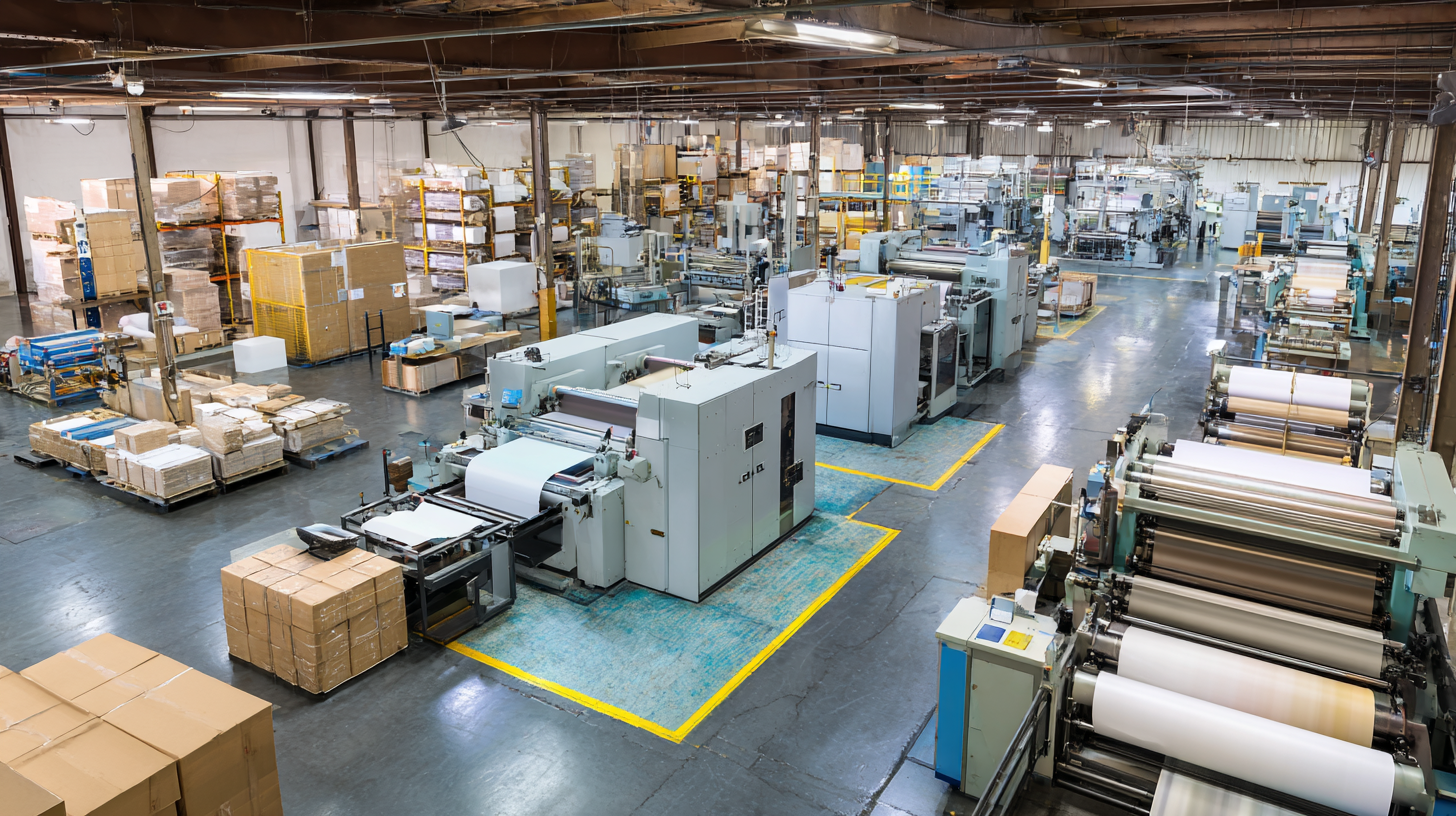
As consumer preferences pivot towards sustainability, the integration of smart technologies and data analytics in Flexible Packaging Printing is set to revolutionize the industry, offering brands the ability to meet eco-standards while remaining competitive in an evolving market.
Emerging Technologies Reshaping Flexible Packaging Printing Practices
The flexible packaging printing industry is undergoing a transformative shift driven by emerging technologies that are reshaping printing practices. According to a recent report by Smithers Pira, the global flexible packaging market is expected to reach $500 billion by 2025, fueled by innovations in printing techniques that enhance efficiency and sustainability. Technologies such as digital printing, which allows for shorter production runs and quicker turnaround times, are gaining traction. This shift not only reduces waste but also enables brands to adopt more eco-friendly approaches by minimizing the need for excess inventory.
Moreover, advancements in ink technology are playing a pivotal role in this evolution. Water-based and solvent-free inks are increasingly being adopted, reducing harmful emissions and improving recyclability. A study from the Flexible Packaging Association indicates that 44% of U.S. consumers prefer sustainable packaging options, highlighting the growing market demand for environmentally friendly solutions. Robotics and automation in pre-press processes are further streamlining operations, allowing for higher precision and lower costs. As these technologies continue to mature, companies that adopt innovative flexible packaging printing methods will likely gain a competitive edge in today’s sustainability-conscious marketplace.
Innovative Trends in Flexible Packaging Printing for Sustainable Business Solutions - Emerging Technologies Reshaping Flexible Packaging Printing Practices
| Technology | Description | Benefits | Sustainability Impact |
|---|---|---|---|
| Digital Printing | High-resolution printing technology that allows for shorter production runs and customization. | Reduced setup time and waste; flexibility in design changes. | Minimized material waste through on-demand production. |
| Biodegradable Inks | Inks made from natural materials that break down in the environment. | Safer for the environment and can improve recyclability. | Supports eco-friendly packaging initiatives. |
| Flexible Packaging Materials | Use of lightweight and multi-layered materials that provide durability and shelf-life. | Reduces transportation costs and energy expenditure. | Contributes to lower carbon footprint during shipment. |
| 3D Printing | Additive manufacturing technology allowing for complex shapes and structures. | Customization at various scales; waste reduction through precise material usage. | Enables the use of recyclable materials in the production process. |
Integration of Digital Printing Techniques for Enhanced Sustainability
The integration of digital printing techniques into flexible packaging is revolutionizing the industry by enhancing sustainability and driving innovation. According to a recent report by Smithers Pira, the global digital printing market for packaging is expected to reach $23 billion by 2024, reflecting a CAGR of 12.5%. This surge is largely attributed to the efficiency and reduced waste associated with digital methods, which utilize precise inkjet technology to produce high-quality prints with minimal environmental impact.
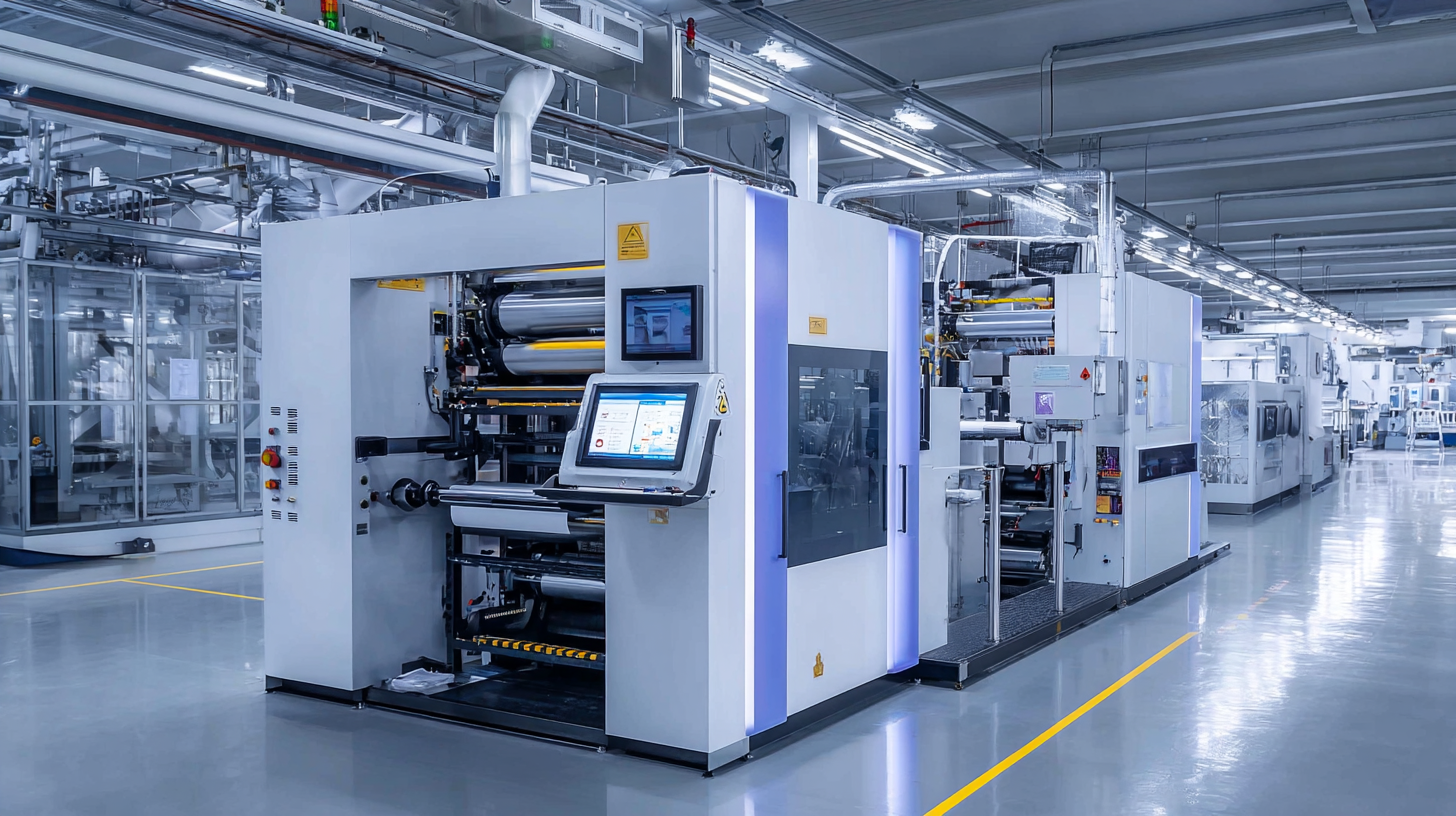
Digital printing enables brands to implement just-in-time production, which not only cuts down on excess inventory but also reduces resource consumption. Moreover, the ability to customize packaging design without incurring significant setup costs has led to increased adoption of eco-friendly materials, further supporting sustainable business practices. A study by the Association for Packaging and Processing Technologies indicates that 56% of companies are prioritizing sustainable solutions in their manufacturing processes, showing a clear trend towards environmental responsibility in the flexible packaging sector. By adopting digital printing techniques, businesses can align their operations with these sustainability goals while meeting consumer demand for more responsible packaging options.
Best Practices for Sustainable Material Selection in Packaging
Sustainable material selection plays a crucial role in flexible packaging printing, especially as businesses strive to minimize their environmental impact. One effective practice is to prioritize materials that are biodegradable or compostable. These materials break down more naturally over time, reducing landfill waste and contributing to a healthier ecosystem. In addition, utilizing recycled materials not only conserves resources but also lowers the carbon footprint associated with the production of new packaging materials.
Another best practice involves assessing the entire lifecycle of packaging materials. By choosing suppliers who employ sustainable manufacturing processes, businesses can ensure that their packaging is produced with minimal energy consumption and waste. Furthermore, selecting inks and adhesives that are free from harmful solvents and chemicals reinforces the commitment to sustainability. These innovations not only enhance the ecological credentials of the packaging but also resonate with increasingly eco-conscious consumers, contributing to brand loyalty and market differentiation. By embracing these principles, companies can effectively align their packaging strategies with broader sustainability goals.
Consumer Trends Driving Innovation in Eco-Friendly Packaging Solutions
In recent years, there has been a notable shift in consumer preferences, driving the innovation of eco-friendly packaging solutions. As sustainability becomes a priority for many shoppers, brands are rethinking their packaging strategies to align with this growing demand. Today's consumers are more conscientious about the environmental impact of their purchases, leading to increased interest in products that utilize recyclable, biodegradable, or compostable materials. This trend toward sustainability not only influences purchasing decisions but also encourages companies to invest in more responsible production methods.
Moreover, advancements in flexible packaging printing technology are facilitating the transition toward sustainable solutions. Innovative printing techniques, such as water-based inks and digital printing, enable brands to produce eye-catching packages that are both environmentally friendly and cost-effective. By adopting these technologies, companies can reduce waste and enhance their marketability without compromising on the aesthetic appeal that consumers desire. This intersection of consumer demand and technological innovation is shaping a new landscape for flexible packaging, paving the way for more sustainable business solutions in the industry.
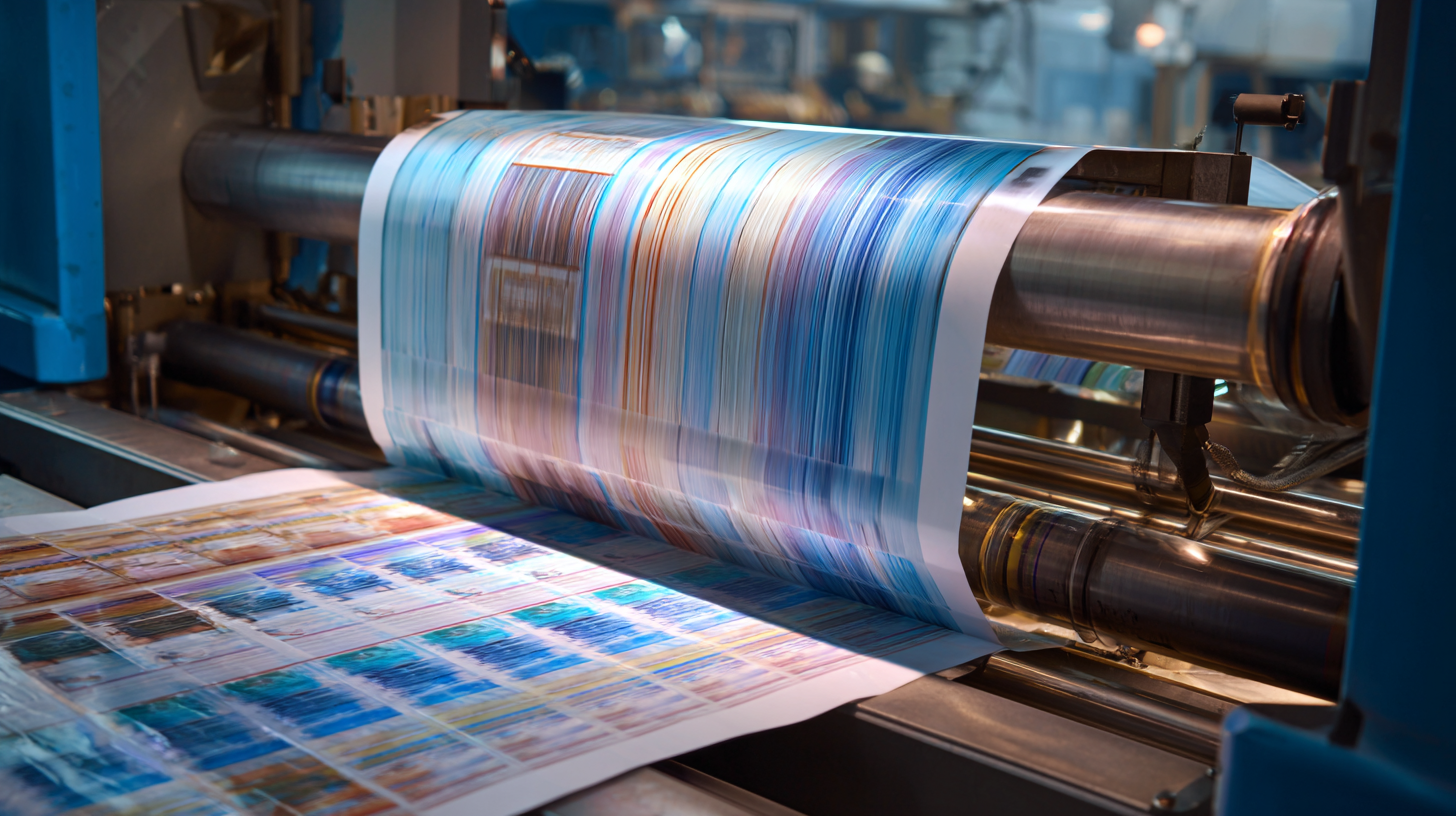
Case Studies of Successful Sustainable Flexible Packaging Initiatives
The shift toward sustainable flexible packaging has led to remarkable case studies that highlight innovative solutions. Companies like Unilever and Coca-Cola have embraced eco-friendly materials and printing techniques, showcasing how sustainability can coexist with effective branding. For instance, Unilever implemented plant-based inks and recyclable substrates in their packaging, significantly reducing their carbon footprint and appealing to environmentally conscious consumers. Coca-Cola, on the other hand, has invested in a closed-loop recycling system, which not only supports sustainability but also enhances brand loyalty.
Tip: When considering sustainable practices, start by evaluating your current materials and production processes. Look for suppliers that prioritize recycling and renewable resources.
Another noteworthy example is the collaboration between major brands and startups. Companies like Nestlé have partnered with innovative packaging firms to develop compostable packaging solutions. This not only demonstrates their commitment to sustainability but also propels the flexible packaging industry toward more green alternatives. The success of these initiatives proves that integrating sustainability into packaging not only helps the environment but can also be a competitive advantage.
Tip: Engaging with startups can bring fresh ideas and technologies to your packaging strategy. Attend industry events and networking sessions to discover new collaborators in the sustainable packaging space.
Related Posts
-
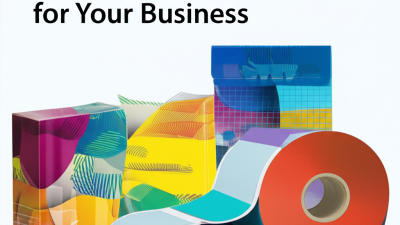
Advantages of Choosing the Best Package Printing for Your Business
-
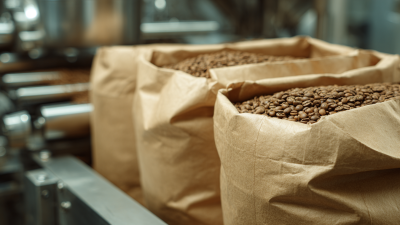
How to Optimize Your Bag Packaging Process for Maximum Efficiency
-

How to Choose the Right Food Packaging Printing for Your Business
-
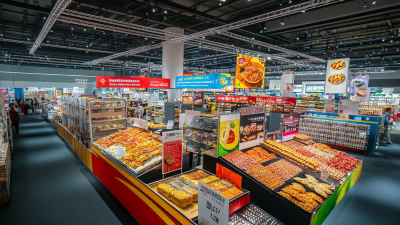
Top 10 Printed Food Bag Manufacturers from China at the 137th Canton Fair
-

7 Compelling Reasons Printed Packaging Bags Boost Your Brand's Sustainability Efforts
-

Unveiling the Future of Digital Printed Pouches at the 2025 China Import and Export Fair
